
FRIDAY, MARCH 4, 2016

Universal Language
Bliss as auxiliary language
Eric Lee, A-SOCIATED PRESS
TOPICS: CHARLES K. BLISS, SEMANTOGRAPHY, BLISSMBOLICS, LOGICAL LANGUAGE
TUCSON (A-P) —The topic is universal auxiliary language. Over 60 spoken languages, like Esperanto, have been constructed to overcome the Babel of natural languages (over 6,000 of them). This dream of a common language has a long history, and remains of interest, though most dismiss it as a "Utopian" concern.
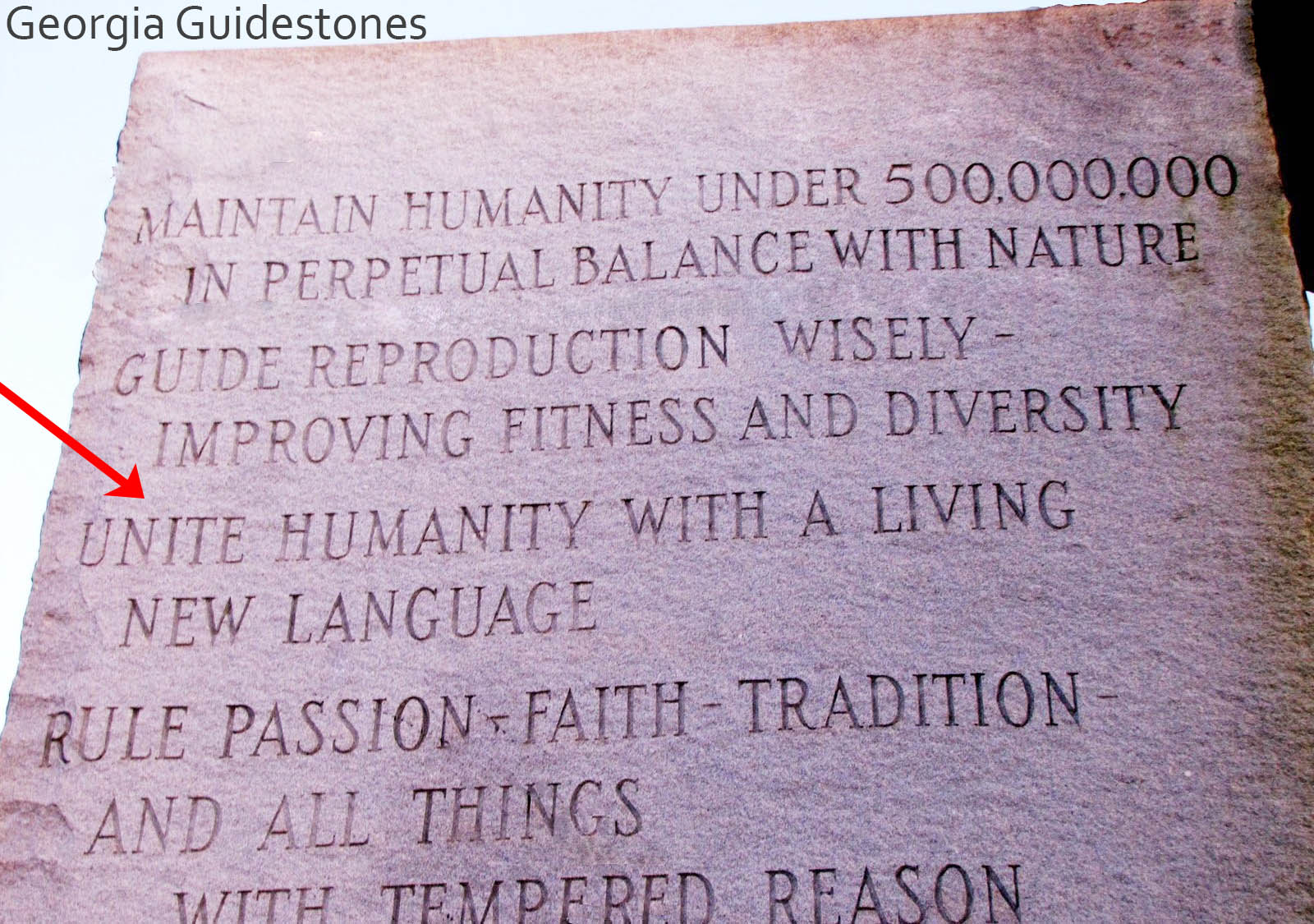
To overcome the Babel living next door, more than half of all humans on the planet, Americans excepted, are fully bilingual. Some 3% of the world's population speak more than 4 languages. The problem of Babel has been dealt with by many at book-length, so enough said.
One solution is to construct a spoken language that may be slightly easier to learn than Chinese, Arabic, or English as a second language.

Another is to consider using a non-spoken written language that can be universally read and can be significantly easier to learn than a spoken language. 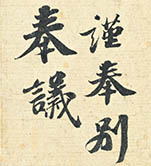 The idea is to construct a semi-pictographic/ideographic writing that represents concepts rather than speech sounds.
The idea is to construct a semi-pictographic/ideographic writing that represents concepts rather than speech sounds.
Classical Chinese, for example, could be read by those who spoke Mandarin, Cantonese, Korean, Japanese, or Vietnamese. It was a regional shared written language and to some extent still is.

In English, using 26 Latin letter to write 36 phonemes (speech sounds) has resulted in each speech sound, on average, being spelled 13 different ways. Chinese character writing is even more idiomatic, more frustrating to learn, and is not a viable candidate for a universal written language.
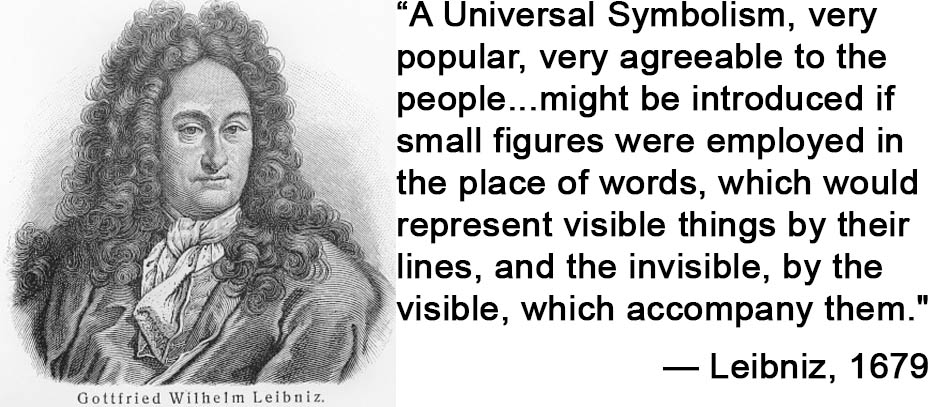
Constructing an ideographic writing system that is much easier to learn is alternative, and has been done. The idea goes back to Leibniz who thought that a Universal Symbolism using small figures in place of words (logographs) would allow for an "algebra" of thought (characteristica universalis) capable of expressing all concepts.
That Leibniz failed to reduce his vision to practice, making him the basis for Voltaire's Dr. Pangloss, fails to discredit the idea.
I am not interested, however, in the idea of a universal concept language, but in reducing the idea to practice so it can be tested. This means coming up with an actual writable language.
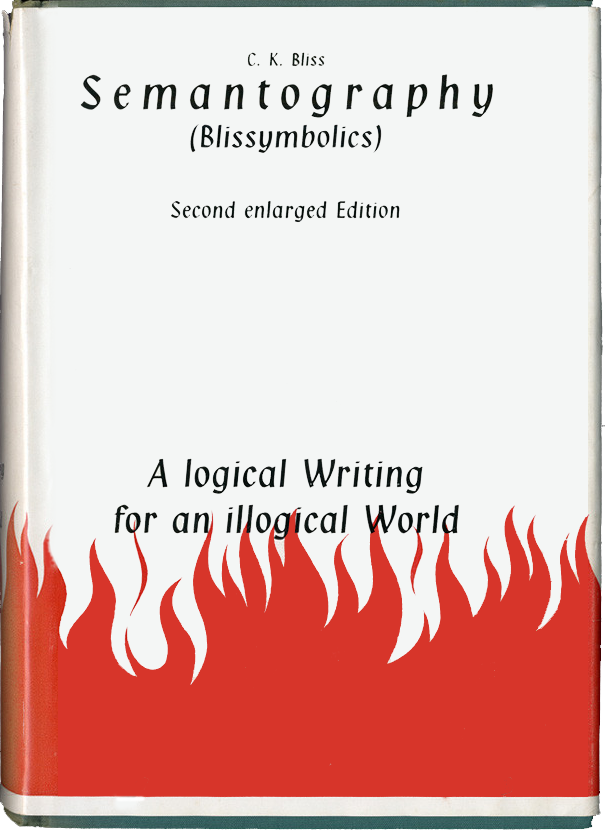
In the mid-20th century Charles K. Bliss came up with one.

He self-published Semantography in 1949, with an expanded edition, also self-published, in 1965 as an 882 page book. I find no fundamental flaws in it and rather than reinvent the wheel, have decided to build upon his life's work.
Natural language is good; very good for whispering sweet nothings. Ideologues love it, pontificators revel in it, we are awash in a sea of feel-good words signifying nothing. If we manage to think well, perhaps it is in spite of, rather than because of, the language we took in with our mother's milk. I call this the Leibniz conjecture. Leibniz offered the guess, Bliss offered the potential to test.
Here is a line of Bliss:

If I were Thomas Jefferson, I might read the above as, "All men are created equal to pursue life, liberty and happiness."

But the Bliss language is concept based and Thomas Jefferson might have read it filtered through his bias. Consider a more literal reading of Bliss.

Original Bliss had no spoken form, though Charles Bliss did, in his old age, note that a speakable form would be useful. If the only way to write in Bliss is to draw characters, then, as with Chinese, you can't type them.
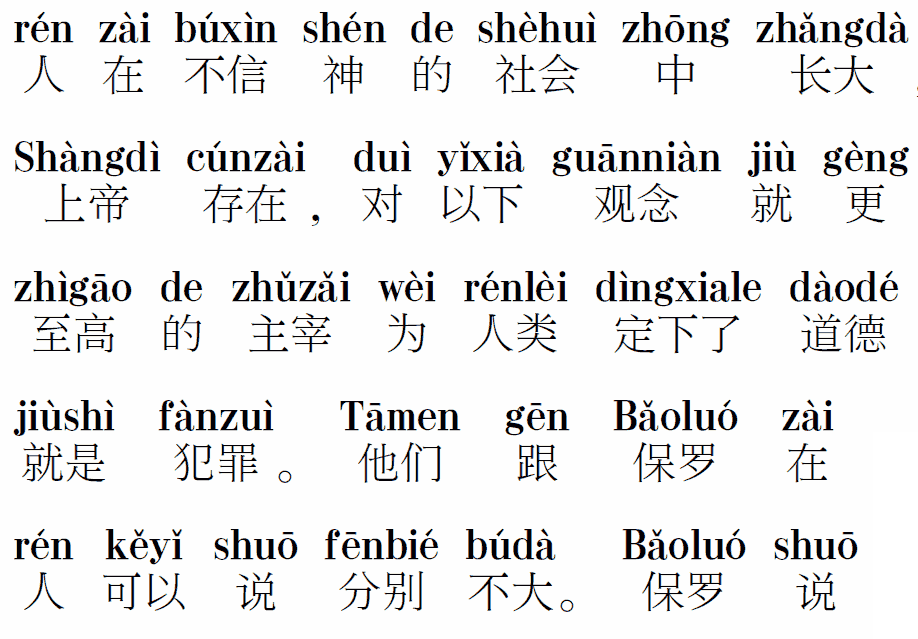
The clever Chinese have come up with over a dozen ways to type Chinese characters. Those who speak Mandarin may use Pinyin (a Romanized way to spell Mandarin that uses typeable characters). I have come up with ASCII typeable Bliss for rapid input.
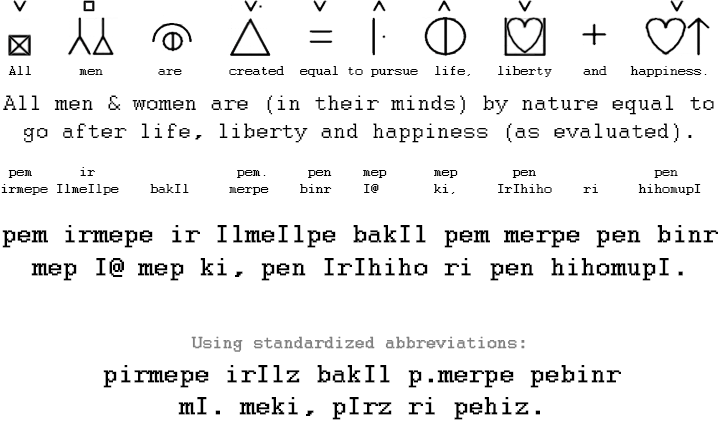
As the Blisscript ASCII characters are also X-SAPMA, a typeable form of the International Phonetic Alphabet, Bliss can be typed. As a plus, it can also be spoken. The first line is Blissymbols, the last is the same line written in typeable/speakable Blisscript.
Each of the elemental shapes used to write Bliss have a name. The order of naming them is simple and invariant. Look at a character and "read" the names for each part of it to generate a typeable name.
An elemental character is the "heart" shape that is composed of two elemental shapes, the left and right heart shape. Right heart, by the way, is Bliss for "ear" or [ho] in Blisspeak.
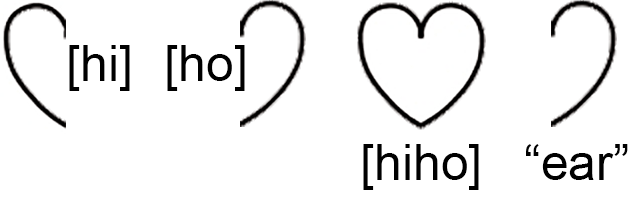
Left side is [hi] and right is [ho] so the concept cluster associated with "human feelings" can be typed h-i-h-o or spoken [hiho].
It is possible to say each character in full such that someone just reading the name or hearing it for the first time could reconstruct the ideograph. All common words could be abbreviated, and a "system of abbreviation" is called "shorthand." So Blisscript is also a shorthand system.
Speaking of shorthand, it is possible to write each sound used in Blisspeak using simple strokes adapted for handwriting.
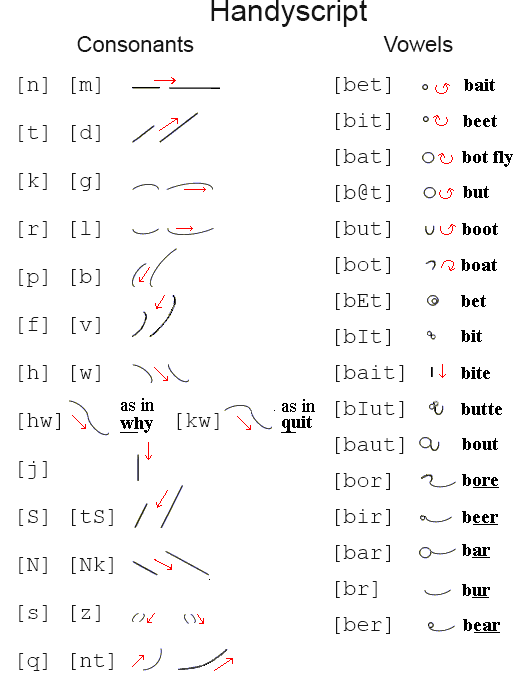
In summary, Bliss characters are to be read, are possibly 10 times easier to learn to read than to learn a spoken language and be able to read it. Bliss is ridiculously logical, simple, and regular. Literally, a child can learn it. Indeed, the only practical use of Bliss so far, since the 1970's, has been to provide therapy to speech disabled children as a language they can read and write in.
Bliss Typography
"Bliss' work provides something of real importance." — Julian Huxley, 1954.
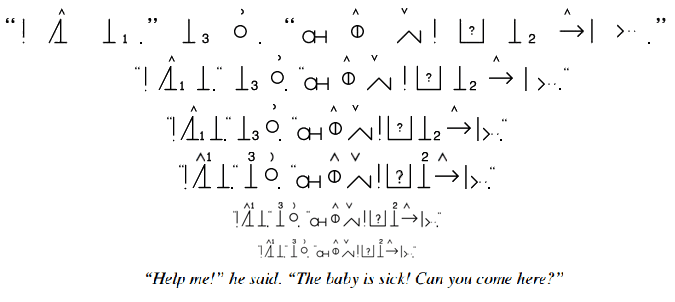
What Leibniz had in mind, however, was not a language for children, but an algebra of thought to help humans (those in need of belief therapy) to think better. Bliss is not limited to its current therapeutic use. It could be a universal readable language that most could draw (write by drawing) if they needed to. Only serious/professional writers would need rapid input. Learning Blisscript or Handyscript would be optional.
Universal literacy requires only a near universal ability to read Bliss characters. Blisscript, like Chinese Pinyin, would be for those with a need to write or type a lot. On a touch screen, Bliss characters could be drawn, like Chinese characters can be, and the device could do character recognition correctly most of the time.
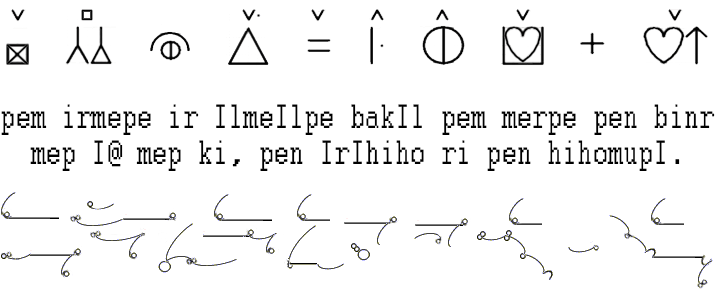
So, like, what's the point? Where am I going with this? Well, the first book in Bliss should be the Rosetta Book00 that any autodidact anywhere or anywhen having a copy could teach themselves Bliss. They might like something to read, so next would be Encyclopedia Bliss.
Bertrand Russell thought Bliss had a good idea. Today's Russell might be Noam Chomsky. If anyone knows him, I'd like to know what he would have to say of Leibniz and Bliss. My middle name is "Often-wrong." If I can't hope for Chomsky's considered evaluation, I'm hoping volunteers wishing to correct me will do so.
To-morrow, and to-morrow, and to-morrow, Creeps in this petty pace from day to day, To the last syllable of recorded time; And all our yesterdays have lighted fools The way to dusty death. Out, out, brief candle! Life's but a walking shadow, a poor player That struts and frets his hour upon the stage And then is heard no more. It is a tale Told by an idiot, full of sound and fury Signifying nothing. — Macbeth (Act 5, Scene 5)

